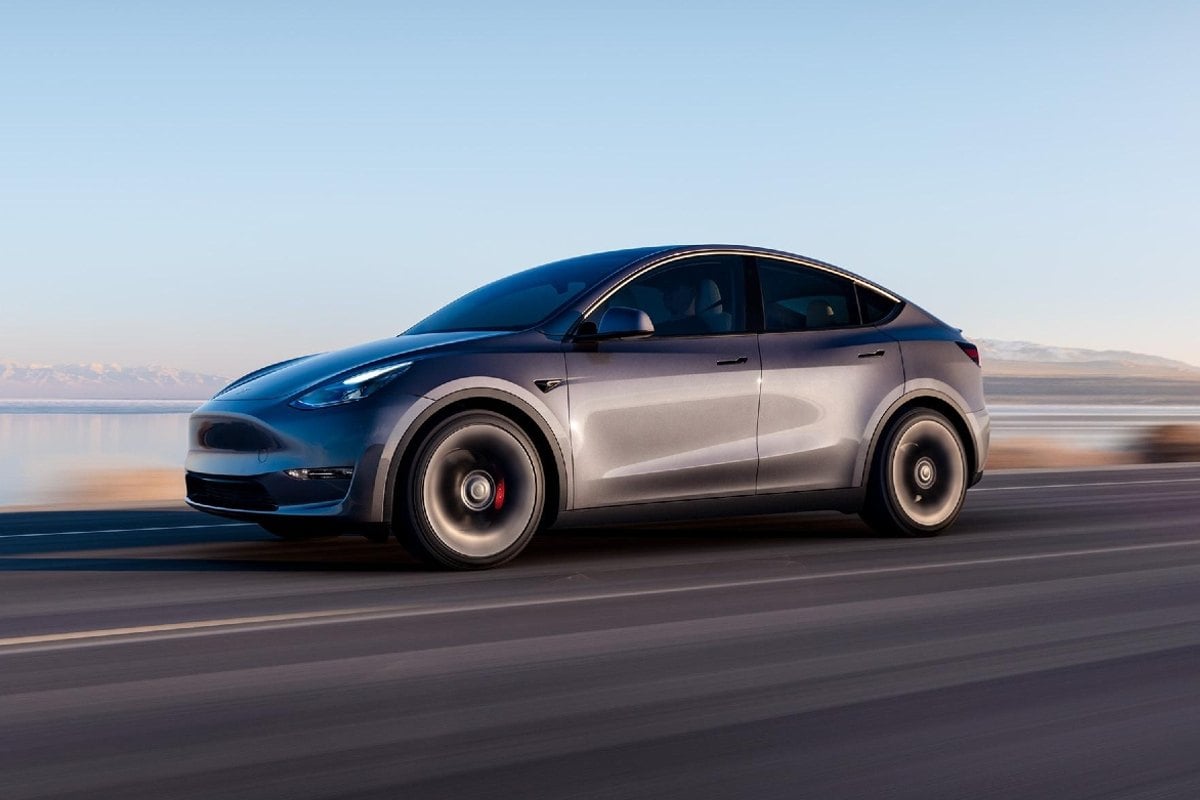- 951

- United States
Engines aren't going anywhere. They'll become smaller and require less fuel as we learn ways to save or recover energy, but the ICE will remain a staple in our cars for at least 50 years.
My ride is very similar to the in game Raptor. GT7 doesn't take it into account, but the Raptor, like mine, has a very small KERS system. The recovered energy is used to run electrical stuff only, leaving engine power the alternator would normally use on demand available for traction. The truck locks up the torque converter during most braking and increased battery charging current to add to the engine braking ability. It's not much but it'll power a cell phone or LED headlights.
The other trucks of that year employ a parallel twin turbo V6. I've seen it in action. Mileage reaches 40 miles to the gallon on that engine.
There's other stuff like matching tires to driving habits, keeping the vehicle maintained, etc. that will boost fuel mileage.
My ride is very similar to the in game Raptor. GT7 doesn't take it into account, but the Raptor, like mine, has a very small KERS system. The recovered energy is used to run electrical stuff only, leaving engine power the alternator would normally use on demand available for traction. The truck locks up the torque converter during most braking and increased battery charging current to add to the engine braking ability. It's not much but it'll power a cell phone or LED headlights.
The other trucks of that year employ a parallel twin turbo V6. I've seen it in action. Mileage reaches 40 miles to the gallon on that engine.
There's other stuff like matching tires to driving habits, keeping the vehicle maintained, etc. that will boost fuel mileage.
